The American Rescue Plan Act (ARPA) of 2021 dramatically reduced the filing threshold for Forms 1099-K from $20,000 to $600 for 2022 and significantly increased the likelihood clients will be presenting tax professionals with these forms next tax season. Forms 1099-K, Payment Card and Third Party Network Transactions, are most commonly issued by third-party settlement organizations like PayPal, Venmo and eBay, as well as credit card companies.
With third-party settlement organizations simplifying electronic payments to the point where nearly every business — and many individuals — are using them regularly, tax professionals should be taking steps now to ensure they are ready for when their clients start receiving their 2022 Forms 1099-K. The following tips should help you to prepare for next tax season and know what questions you should ask your clients about their Form 1099-K:
Don’t ignore your client’s Forms 1099-K simply because it reports a small amount relative to their other income. The IRS will also receive a copy and you can expect correspondence from the agency if the forms are not properly reported.
If your client is not operating a trade or business that you know about, you need to discuss with them why they received a Form 1099-K. You may need to assess whether they are selling personal items, conducting business, engaged in a hobby that provided them with a little money on the side, or involved in a crowdfunding campaign and discuss whether their activity will have any tax implications.
Gig workers often receive payment using third-party settlement services and will begin receiving more Forms 1099-K for 2022 due to the lower reporting threshold. Often these workers do not understand that they can deduct expenses and fees related to their gigs so you should be ready to ask them if they incurred any deductible expenses that will reduce their taxable income.
If the client’s Form 1099-K was generated as a result of the sale of personal property through activities like yard sales or an eBay auction, report the transaction using Form 8949, Sales and Other Dispositions of Capital Assets, (which carries the result to Schedule D) and checking Box B for short-term transactions or Box E for long-term transactions. The sale proceeds should match the reported amount on the Form 1099-K. The basis reported should not exceed the sale proceeds because a loss on the sale of personal property is not deductible.
If the client received the Form 1099-K as a result of the sale of a personal property through a service like eBay, you will want to ask whether they were holding the property as an investment, and if the sale resulted in a gain or loss. Be sure to document the reasons for your conclusion in case you need to prove to the IRS that the client intended to hold the property as an investment.
If you determine that the client is engaged in a hobby, that income should be reported on the 2022 Form 1040, Schedule 1, Line 8j, as “Activity not engaged in for profit income.” It is important to remember that, while a hobby activity can’t report a loss, the client can deduct the cost of goods sold if they are reasonably and consistently allocated. This can be done by creating a statement for Schedule 1, Line 8j, with the first line being income and the second being the cost of goods sold. The result may show net taxable income or reduce the hobby income to zero (but can’t show a loss).
Even if the client who received a Form 1099 and was not engaged in a trade or business, the IRS may still be looking for a Schedule C (Form 1040), Profit or Loss From Business, to be included in their return. Rather than invite the IRS to follow up with additional questions, it may be a good idea to proactively file the Schedule C (Form 1040) the IRS might be looking for and enter the Form 1099-K amount as “gross receipts” and again as “other expenses.” An example of the wording that could be used on the Schedule C (Form 1040) might be: “Activity not engaged in for profit, See Form 1040, Schedule 1, Line 8j”
Make sure your client has not received multiple Forms 1099-K reporting the same transaction. There are some situations where a third-party settlement organization and a credit card company may issue more than one form for a single transaction and you don’t want your client to report more income than they actually received.
One of the driving forces for the lowering of the Form 1099-K reporting threshold (and the elimination of the 200-transaction threshold) were taxpayers who were renting out their properties through VRBO, Airbnb and other services and not reporting that income. If you have a client who has not previously reported Form 1099-K income earned through one of those services, make sure they are taking full advantage of the deductions available to them for such expenses as depreciation, repairs and utilities.
The Form 1099-K is a short document that provides tax professionals with little information beyond the amount the client received in payment and its source. Knowing the proper follow-up questions to ask when a client arrives in your office with their Forms 1099-K will both save you time in preparing their taxes and ensure that your client’s tax returns correctly reflect their income and expenses for the year.
For more tips on having conversations with clients, join us for our Performing Effective Client Interviews webinar, available in late 2022. You’ll learn to identify potential information that could be incomplete, extract information using an effective client questionnaire and identify potential pitfalls in a client interview.
Information included in this article is accurate as of the publish date. This post is not reflective of tax law changes or IRS guidance that may have occurred after the date of publishing.
